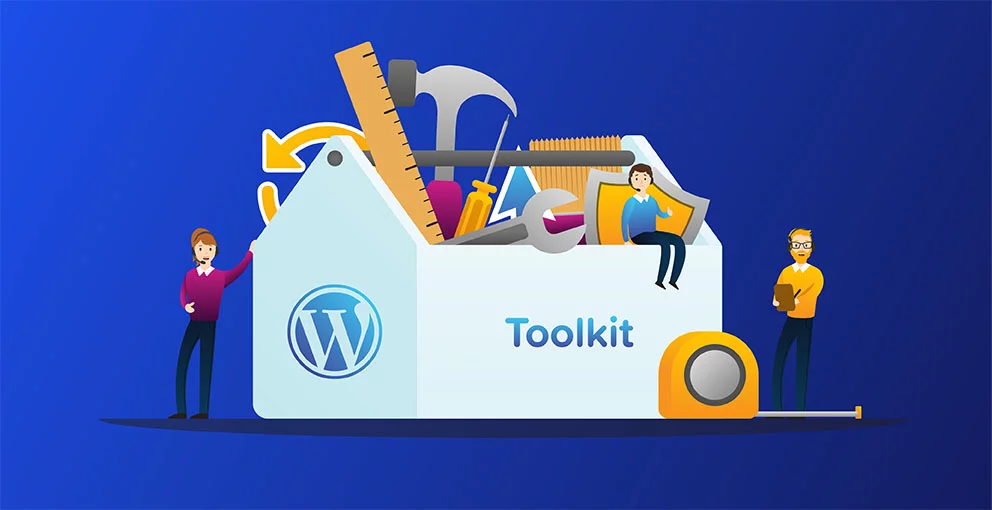WordPress is a popular content management system that is also the most attacked. This article details common vulnerabilities in WordPress, such as brute force attacks, denial of service attacks, vulnerabilities in plugins and themes, and code injection attacks. It explains how to secure WordPress using cPanel and WordPress Toolkit, which automates hosting tasks and applies security fixes. The article also discusses security measures like disallowing PHP file execution, blocking directory browsing, enabling bot protection, changing admin usernames, and turning off pingbacks. Additionally, it mentions plugins that can help enhance WordPress security, such as Wordfence Security and Sucuri Security.
WordPress is a widely used content management system, but it is also one of the most targeted CMS platforms in terms of cyber attacks. In this article, we will delve into the common vulnerabilities that WordPress faces today.
Common WordPress Vulnerabilities Today
Security vulnerabilities in WordPress can be categorized into four main areas:
- Brute force and dictionary attacks: Hackers attempt to guess login credentials, such as usernames and passwords, through automated bots that flood the authentication system.
- Denial of Service (DOS) and Distributed Denial of Service (DDoS) attacks: These attacks overload websites and networks with requests, causing performance issues or even taking sites offline.
- Vulnerabilities in plugins and themes: Bugs in code can be exploited to bypass security measures and inject malicious code.
- Code injection attacks: Hackers search for vulnerabilities in WordPress websites to inject harmful PHP, JavaScript, or SQL code.
To combat these vulnerabilities, cPanel offers the WordPress Toolkit, which includes security features to protect against various types of attacks.
How to Secure WordPress with cPanel
The WordPress Toolkit in cPanel provides a comprehensive solution for managing WordPress sites efficiently. It automates tasks like installations, updates, and backups, streamlining the process for website owners.
With WordPress security at the forefront, the toolkit addresses critical vulnerabilities during the setup phase and can assess existing sites for security gaps that need attention.
To enhance security with cPanel, you will need:
- A cPanel instance with WordPress Toolkit installed.
- WordPress Toolkit Deluxe License.
By utilizing the WordPress Toolkit, website owners can easily secure multiple sites at once, saving time and effort in the process.
Security Settings in WordPress Toolkit
The WordPress Toolkit offers nearly 20 security measures to safeguard WordPress websites effectively. Some key security features include:
- Disallowing PHP file execution in certain directories.
- Blocking directory browsing to prevent exposure of sensitive information.
- Enabling bot protection to mitigate risks associated with web crawlers.
- Changing the default admin username to enhance login security.
- Turning off Pingbacks to prevent potential DDoS attacks.
- Implementing hotlink protection to prevent unauthorized image embedding.
Regular updates to the WordPress Core, plugins, and themes are also crucial for maintaining the security of WordPress sites.
Restore Backup Using WordPress Toolkit
In case of a security breach, the WordPress Toolkit simplifies the process of restoring backups. With just a few clicks, website owners can revert to a previous state and secure their websites effectively.
To summarize, utilizing the WordPress Toolkit in cPanel makes it easier than ever to establish a secure hosting environment for WordPress sites. By implementing security measures and backing up data regularly, website owners can protect their online assets efficiently.
Plugins to Help Secure WordPress
Popular plugins that can enhance the security of WordPress websites include:
- Wordfence Security — Firewall & Malware Scan
- Sucuri Security — Auditing, Malware Scanner, and Security Hardening
- iThemes Security
- All In One WP Security & Firewall
- BulletProof Security
In conclusion, understanding and implementing robust security measures is crucial for safeguarding WordPress websites against potential cyber threats. If you have any questions or feedback, feel free to share them in the comments section below.



